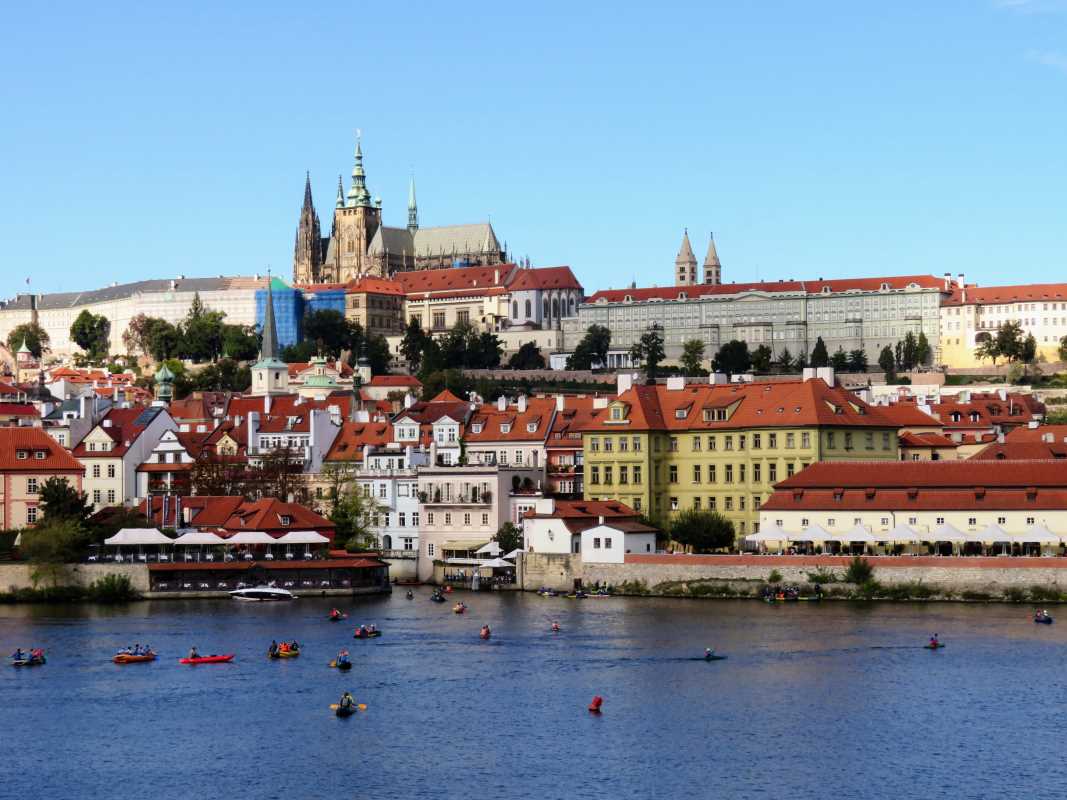Planning a trip can be a thrilling experience, but creating a well-organized travel agenda ensures you get the most out of your journey. With some careful planning, you can manage everything from accommodations and activities to transportation and meals, resulting in a smoother, more enjoyable adventure. Here’s a step-by-step guide to help you craft an itinerary that’s both practical and inspiring.
1. Research Your Destination Thoroughly
Before diving into logistics, spend time researching your destination. Understand its culture, customs, must-visit spots, and any unique experiences it offers. Consider seasonal factors like weather and local events, as these could influence your travel dates and packing needs. Also, look into regional transportation options. Some places are best explored by train, bike, or even ferry, while others may require a rental car. Knowing these details will help you build a better itinerary tailored to your interests and travel style.
2. Set a Realistic Budget
Establishing a budget is crucial in planning a travel agenda that fits your financial capacity. Make a list of key expenses, including accommodations, meals, transportation, and activities, along with a buffer for unexpected costs like souvenirs or emergencies. Be mindful of exchange rates if you’re visiting a country with a different currency, as this can impact your spending power. With a clear budget in mind, you can prioritize experiences that matter most and find creative ways to make the most of your funds.
3. Create a Flexible Itinerary
While it’s helpful to outline a daily schedule, make sure it’s flexible enough to allow for spontaneity. Try to balance structured activities with free time to discover hidden gems or just relax. Start by listing the major attractions and experiences you want to see on each day, while leaving gaps for unscheduled exploration. For example, if you’re visiting a popular museum or landmark, plan to visit it in the morning and leave your afternoon open. This way, if you happen upon a charming neighborhood or an impromptu festival, you can take the time to enjoy it without feeling rushed.
4. Book Accommodations and Major Transportation
Once you have an idea of your itinerary, it’s time to book your stay and transportation. Begin by choosing accommodations that suit your budget and preferences—hotels, hostels, and Airbnbs each offer unique perks. Research reviews to ensure they are safe, comfortable, and conveniently located near attractions or transit lines.
For transportation, booking flights, train tickets, or car rentals in advance can often save you money and guarantee availability. Also, check if the area has local public transit apps or passes that can make navigating the city more convenient and budget-friendly. Confirm all bookings by double-checking dates and times to avoid last-minute changes or missed reservations.
5. Plan Meals and Dining Experiences
Sampling local cuisine is often one of the best parts of travel. While it’s tempting to plan every meal in advance, leaving some flexibility here is wise. Research popular dining spots, local delicacies, and must-try dishes, but be open to recommendations from locals once you arrive.
For breakfast or lunch, casual spots or markets can provide an affordable yet authentic taste of the local food culture. Consider reserving a table in advance for special dinners or high-demand restaurants. If you’re a foodie, don’t forget to include some budget for culinary tours, street food, or cooking classes—these experiences often provide a unique insight into the local culture.
6. Pack Thoughtfully and Strategically
Start packing a few days before your departure, keeping your itinerary and destination climate in mind. Create a checklist of essentials, from clothing and toiletries to electronics and travel documents. Pack versatile pieces that can be layered for different weather conditions and reused for multiple outfits. For security, invest in a reliable backpack or bag with anti-theft features, especially if you’re navigating busy cities. Don’t forget a small first-aid kit, travel-sized hygiene products, and any medications you may need.
If you’re traveling internationally, review your airline’s baggage policies and pack accordingly to avoid extra fees. Packing smart can save time and stress, helping you stay organized and prepared throughout your trip.
7. Organize Your Travel Documents and Resources
Keeping your travel documents and resources organized will make your journey easier. Use a dedicated folder or digital app to store flight confirmations, hotel reservations, attraction tickets, and local maps. Many travel apps allow you to keep a digital itinerary that you can reference anytime. It’s also wise to print out copies of essential documents like your passport, health insurance, and emergency contacts in case of technological issues.
Consider using a travel app like TripIt or Google Maps to help you navigate on the go. Google Maps, for instance, lets you download offline maps, which can be a lifesaver if you’re in an area with poor cell service.
8. Build in Time for Rest and Reflection
Travel is exciting but can be exhausting without downtime. Try to schedule some quiet time for resting and reflecting each day, whether it’s enjoying a cup of coffee at a local café, lounging in a park, or taking an evening stroll. These moments allow you to recharge and absorb the unique vibe of your surroundings. Consider journaling during these quiet times to capture the sights, sounds, and feelings you’re experiencing, helping you make lasting memories.
9. Communicate with Family and Friends
Stay connected with loved ones while abroad. Share your itinerary with a trusted person, and check in periodically to keep them informed of your whereabouts. Having someone back home who knows your travel plans adds a layer of security. Additionally, research communication options, such as getting a local SIM card or setting up international phone plans, to keep you connected.
10. Embrace the Unexpected
With your agenda in hand, it’s time to set out on your adventure. However, be open to adjusting your plans as new opportunities arise. Travel is as much about the journey as the destination, and unexpected discoveries often turn into the most memorable experiences. You might find an unplanned scenic route, make new friends, or stumble upon a local event that isn’t on any travel website.
Crafting a travel agenda that balances preparation with flexibility allows you to explore confidently, make the most of each day, and return with unforgettable memories. With these steps, you’ll have a well-organized yet adaptable travel plan that paves the way for a rewarding journey. Safe travels, and may each day bring fresh inspiration and discovery!







